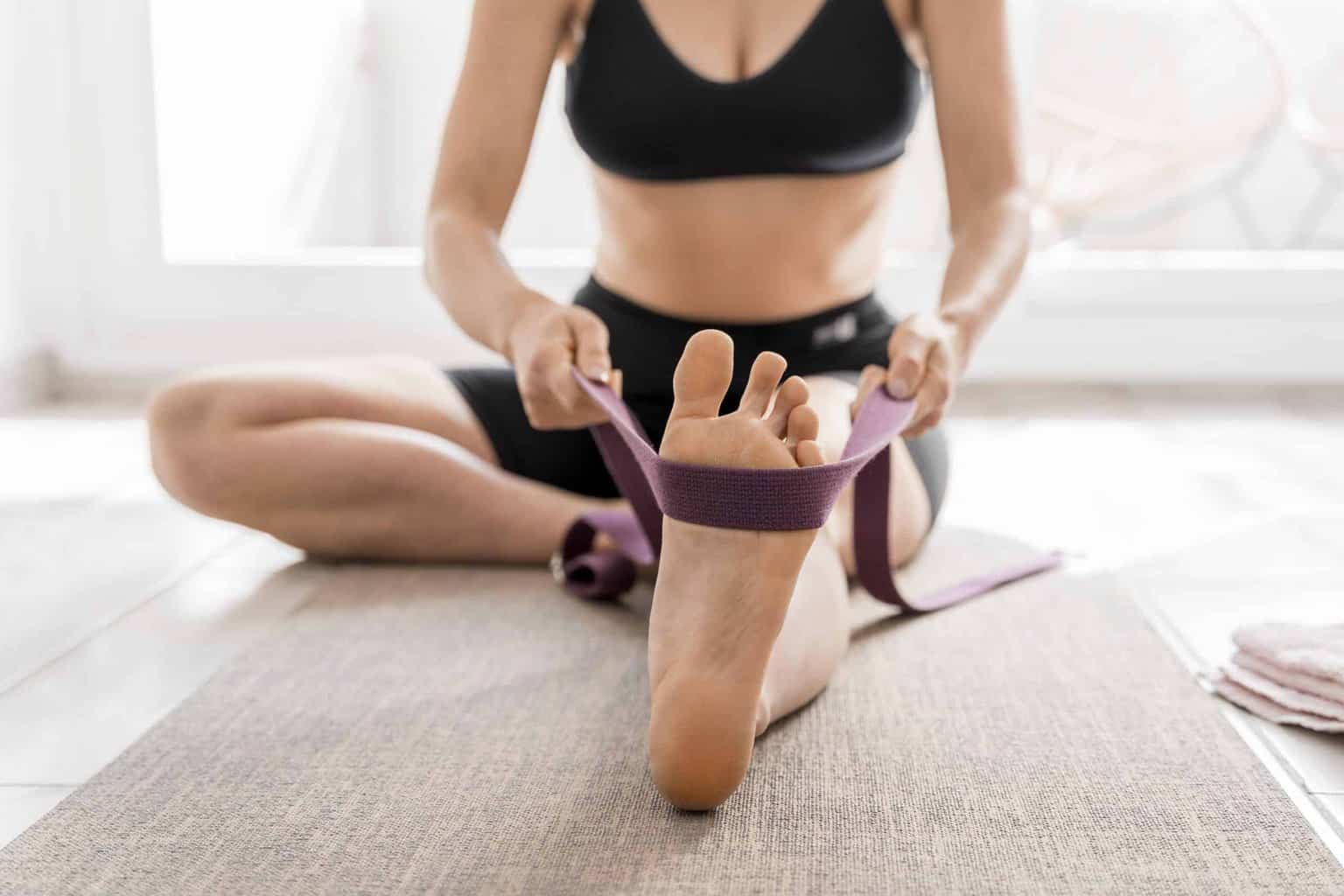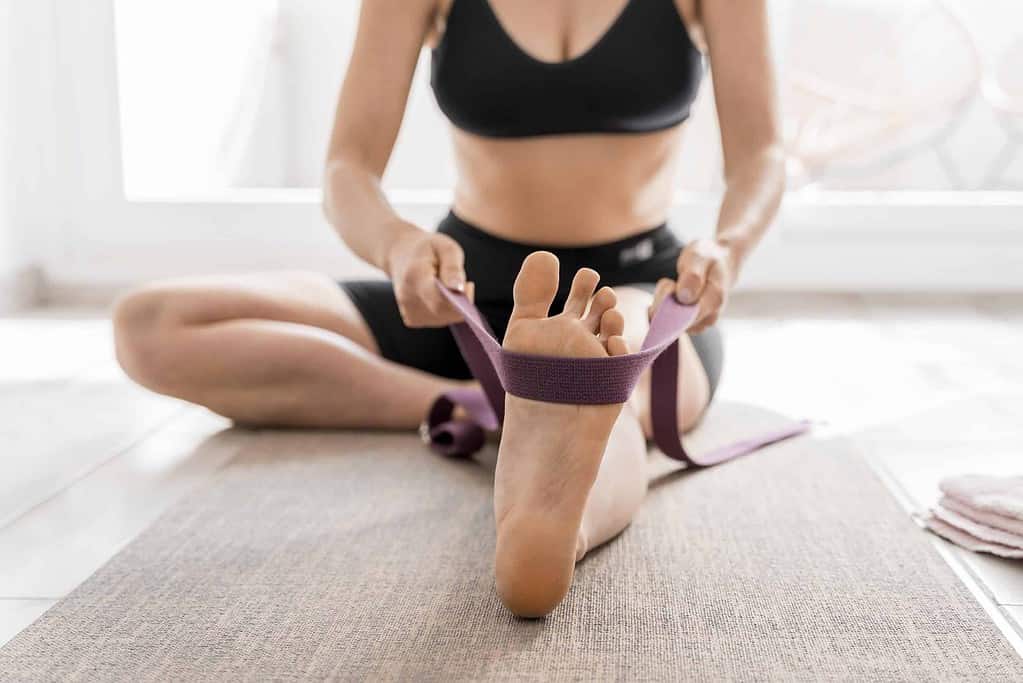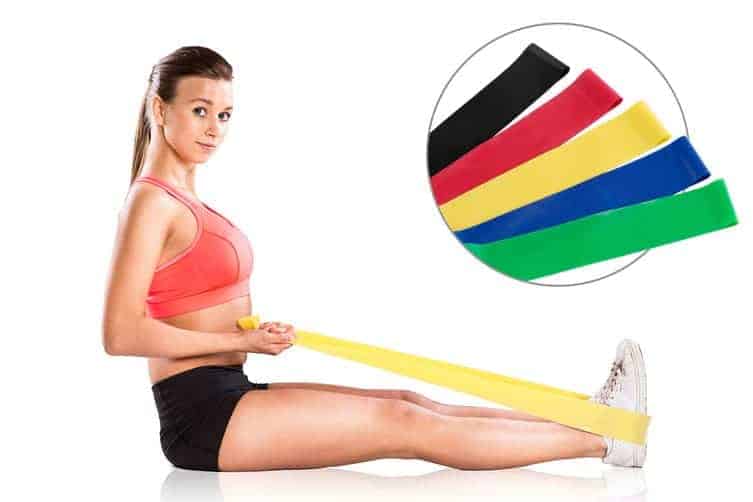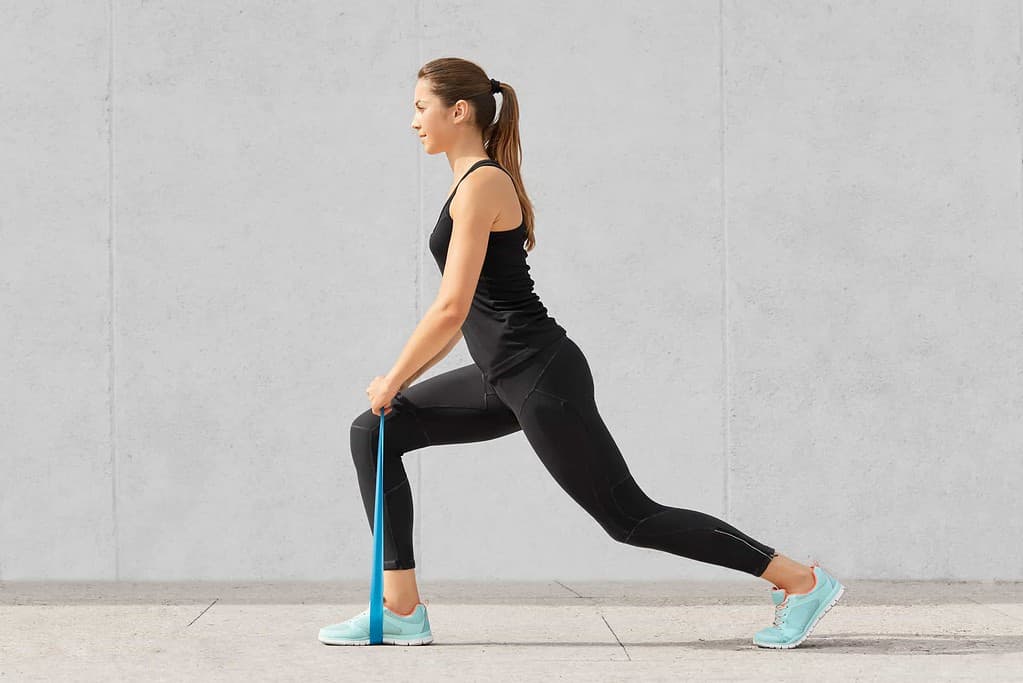Pilates Props: Resistance Bands

Before I joined Moushu’s Pilates studio, I identified Pilates as a form of exercise done by celebrities on a piece of single fancy equipment known as the Reformer. I was completely wrong. Yes, the Reformer was one of the first beautiful apparatus fashioned by Joseph Pilates to train his clients. But there are numerous other equipment, large and small, which make up the world of Pilates. Each of these has a unique quality which adds to our classic Pilates exercises. In this series of blogs on Pilates Props, we shall discuss the qualities, benefits and exercises of the different portable props that we use to enhance our workouts, starting with resistance bands.
Resistance Bands

Resistance bands are elastic bands which are either flat or tubular in shape. They work on the principle of elastic recoil which is an energy that can be used for the next movement. The pulling of the band utilises energy, while the release of the pull on the band absorbs energy, which can be converted to kinetic energy, much like in springs.
Originally used by physiotherapists for rehabilitation, resistance bands are now commonly used in strength training workouts. Resistance training is a type of strength training where you push, pull or otherwise work against some type of load or force. This training can be done with the help of your body weight, gravity, bands, weighted bars, dumbbells or specially designed equipment.
Resistance band workouts are highly versatile. You can work different muscles by using the same band in different positions. These bands provide progressive resistance, which means that if you shorten the strap and tighten your grip, the resistance increases. It provides for countless possibilities as your strength progresses. It is like having several dumbbells in a single band. But unlike dumbbells, it loads your muscles evenly without straining the joints.
This graded resistance is similar to the progressive resistance of the springs of all the Pilates Equipment. This allows a lot of the equipment exercises to be replicated using just the band on the mat.

We use the flat therapy bands which are available in different colours based on their levels of resistance ranging from light, medium light, medium, medium-heavy and heavy.
How is resistance band training in Pilates different?
Achieving strength without bulking up is what draws many people to Pilates. Balanced muscular development occurs through the Pilates method by strengthening the core, working on mobility and stability, and most importantly, by resistance training.
There are two types of muscle contractions viz. Isotonic and isometric. Isotonic is a muscle contraction in which the length of the muscle changes. This is further subdivided into concentric or eccentric contractions. When we think of weight training and muscle contraction, most people assume this to mean a concentric contraction, such as a biceps curl, in which the muscle simultaneously contracts and shortens. Eccentric contraction happens when the muscle lengthens as it opposes a stronger force.
In Pilates, we use all kinds of muscles contractions but there is more emphasis on the eccentric contraction than in any other exercise systems. And it is this eccentric contraction that leads to longer leaner and more toned muscle fibres, unlike the bulkier gym-bod look.

Eccentric contractions are not the same thing as ‘dropping’ a weight after lifting it. It is a controlled movement in which you move towards an opposing force rather than away from it. For example, when you stand on an exercise band and pull the two ends up, that is a concentric contraction for the biceps. When you hold it up, that is an isometric contraction. When you resist the pull of the band as you let it down slowly, that is the eccentric contraction.
In Pilates, we actively intend control and length in our movements with an attentive mind-body connect. The resistance band aids in this controlled and intended eccentric contraction. They reduce the risk of injury and are safer to use than free-weights.
Slow-Twitch Fast-Twitch
In general, there are two types of muscle fibres in our body: slow-twitch and fast-twitch. Slow-twitch muscle fibres continuously work in well stabilising the joints as well as for endurance. The slow-twitch muscles need to be active to move the joint. However, it is the fast-twitch muscles that move the joint. Fast-twitch muscle fibres exert force when you lift any heavy weight. Most of your muscles are made up of a mixture of both slow and fast-twitch muscle fibres. But muscles responsible for maintaining posture i.e. the stabilisers mainly contain slow-twitch fibres. Slow-twitch fibres are aerobic and require oxygen to produce energy.
When we use resistance bands, the controlled movement works the global stabilisers and mobilisers in a synchronised fashion.
Effect of resistance bands on muscles
Resistance bands look very light, but someone who lifts heavy weights, will start trembling in the roll down using the band. Because when we do Pilates, we work smaller muscles which are not worked in heavy weight lifting i.e. the slow-twitch muscle fibres.
Since Pilates is an aerobic form of exercise, we continuously breathe in and out while moving. And the slow-twitch muscle fibres use this oxygen to produce energy for muscle contractions, making the stabilisers stronger.
In Pilates, we actively intend control and length in our movements with an attentive mind-body connect. The resistance band aids in this controlled and intended eccentric contraction. They reduce the risk of injury, and are safer to use than free-weights.
Exercises with the band
Watch the YouTube video for an exercise routine with the Resistance band. Or join our classes to experience the beauty of Pilates.
